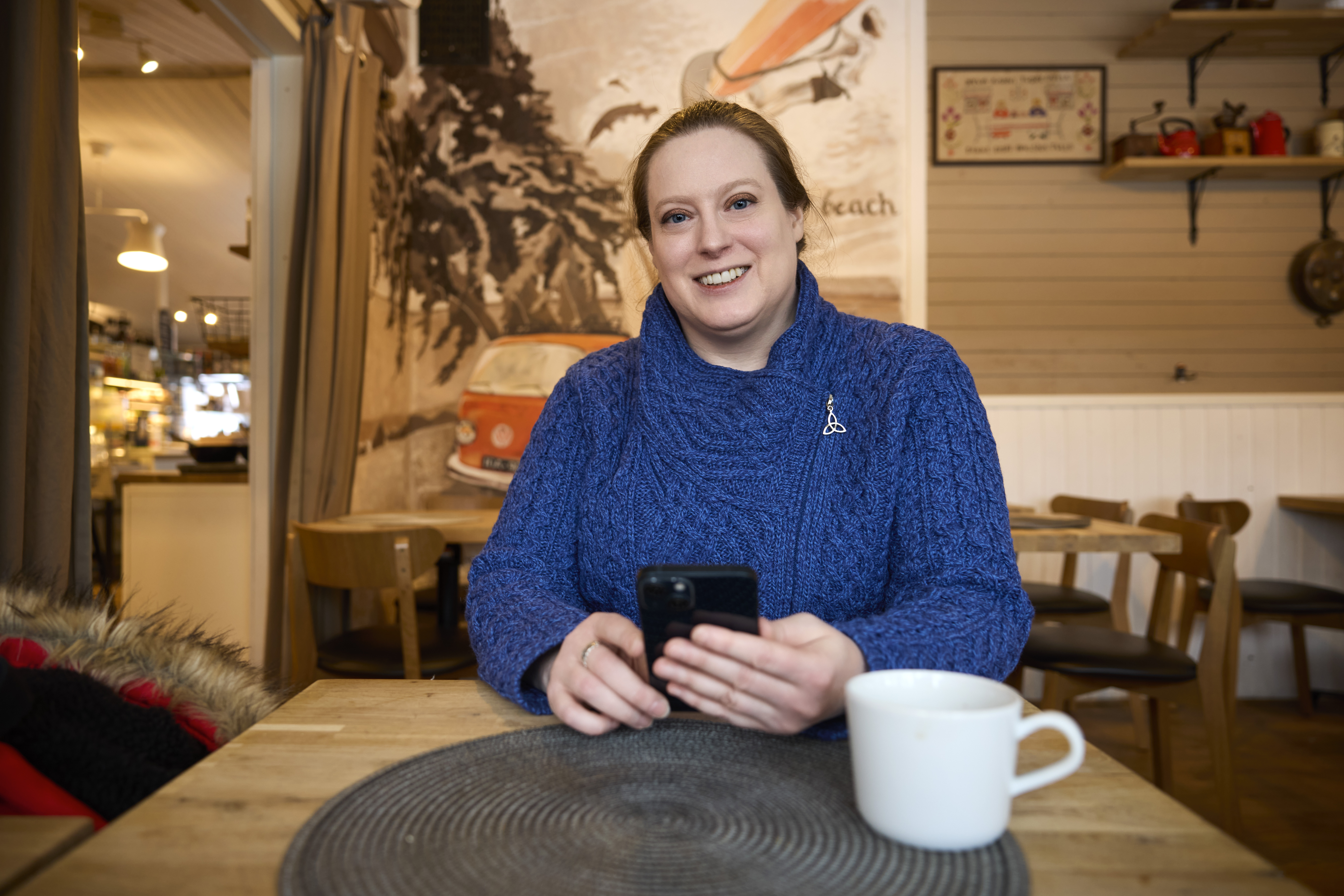Have you ever paid attention to how many extra little words you use when speaking your first language? Gap fillers make the conversation flow naturally. They come in handy when you need to buy a bit more time to think, when you want to break the silence, or when reacting to something your conversation partner is saying.
Without them, the gaps get filled with miscellaneous grunts (”um… er”) and uncomfortable silences.
So when you’re studying a new language, we recommend learning at least the following gap fillers or their equivalents in the language you’re studying.
Common gap fillers:
- So / Well / You know
- Right / I mean
- Really? / Is that so?
- Oh / Right
General reactions:
- I see
- I agree
- You gotta be kidding me! / No way!
- That’s right
- Exactly
- Of course
- It’s okay / It doesn’t matter
- I guess not
Expressing opinions and commenting:
- That’s interesting
- That’s funny
- That’s weird
- That’s a shame
- That sucks
- It’s possible / It could be
- I don’t think so
- On the other hand
Other important small words and phrases
- By the way
- In fact
- Actually
- In any case
- For example
- Then
- Finally










